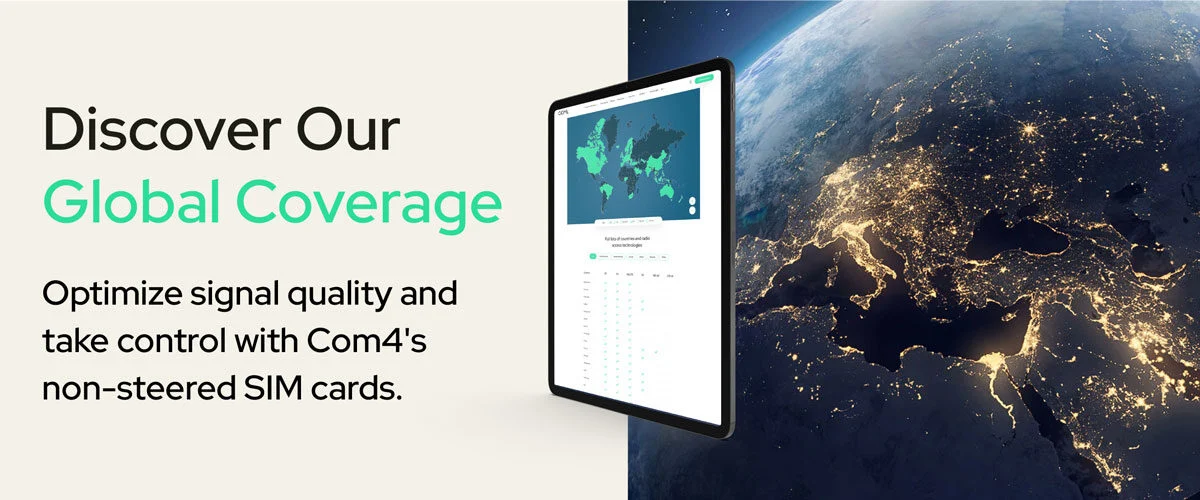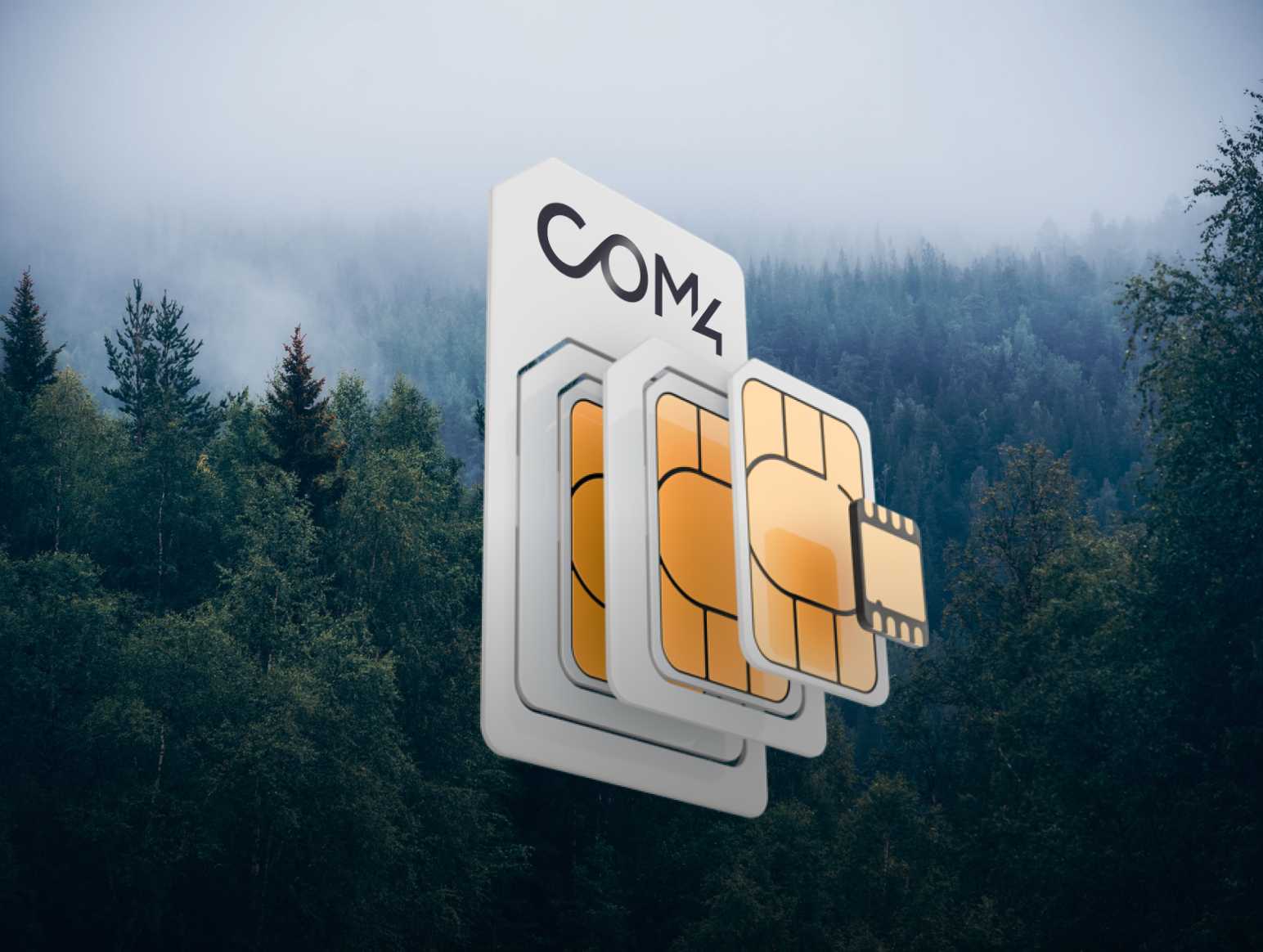Through connected devices, sensors, and data analytics, IoT enables real-time monitoring, automated decision-making, and precise resource management. The result is more efficient farming operations and reduced environmental impact, helping meet the growing global food demand.
The agricultural IoT market is poised for significant growth, with The Research Insights report projecting the market to reach USD 32.95 billion by 2025 and USD 54.38 billion by 2030, reflecting a CAGR of 10.5%. This rapid growth highlights the increasing adoption of IoT in agriculture as farmers strive to improve productivity and sustainability.
What Is IoT in Agriculture?
IoT in agriculture refers to the use of interconnected devices and sensors to collect and share data for better management of farming operations. These devices monitor various aspects of agriculture, such as soil conditions, crop health, water usage, and livestock movements. The data collected is processed and analysed to help farmers make more informed decisions. For example, IoT-enabled sensors can detect soil moisture levels, triggering an irrigation system only when necessary, saving water. In livestock farming, IoT devices like wearables track health and movement patterns to ensure optimal care. These connected technologies help farmers increase efficiency, reduce waste, and optimise resources, driving more sustainable farming practices.
Why IoT Matters in Modern Farming?
The challenges faced by today’s farmers are numerous: climate change, resource scarcity, increasing demand for food, and rising operational costs. IoT offers solutions to all these problems. With real-time data, farmers can make better decisions on resource management, minimise environmental impact, and improve crop and livestock productivity. Moreover, IoT technology provides a means to automate many farming tasks, such as irrigation and fertilisation, reducing the manual effort required and increasing overall efficiency. Through these innovations, IoT is making farming smarter, more sustainable, and economically viable.
Real-World Applications of IoT in Agriculture
Precision Irrigation & Water Management
IoT solutions, such as smart irrigation systems, use soil moisture sensors to automatically adjust water distribution based on real-time data. This reduces water waste, ensuring crops receive the right amount of water while conserving valuable resources. In regions facing water shortages, this technology is particularly beneficial, contributing to more sustainable farming practices.
Pest & Disease Detection in IoT Farming
By integrating IoT sensors and AI-driven analytics, IoT helps farmers detect pests or diseases in crops at an early stage. This allows for timely intervention with minimal use of pesticides, reducing costs and environmental harm. Smart cameras and drones monitor crop health, identifying changes in the environment that may indicate pest infestations or the onset of diseases.
Livestock Monitoring with IoT Devices
IoT devices like wearable sensors and RFID tags enable farmers to monitor the health, location, and activity of their livestock. These devices provide insights into vital signs, behaviour, and movement patterns, helping detect early signs of illness or distress. By acting quickly, farmers can prevent larger health issues, improving animal welfare and productivity.
Supply Chain & Storage Optimisation Using IoT
IoT enables better supply chain management by tracking produce from the farm to the market. Temperature and humidity sensors monitor storage conditions, ensuring that crops remain fresh and are delivered on time. Additionally, IoT improves inventory management by providing real-time updates on stock levels, reducing waste, and ensuring the supply chain remains efficient.
Benefits of IoT in Agriculture
Enhanced Crop Management and Yield Prediction
With real-time data on weather conditions, soil health, and crop growth, IoT allows farmers to predict yields more accurately. This enables better planning for harvests and ensures that crops are optimally managed, leading to increased productivity.
Water Conservation Through Smart Irrigation
IoT-based irrigation systems monitor soil moisture levels and weather conditions, allowing farmers to irrigate crops only when necessary. This precision reduces water consumption, which is especially important in water-scarce areas.
Weed Suppression Through Smart Precision Spraying
IoT-enabled precision agriculture is revolutionizing how farmers manage weeds and optimize crop health. Using advanced sensors, AI, and reliable IoT connectivity, Dimensions Agri Technologies’ DAT Ecoppatch system detects weeds in real time and applies herbicide only where it’s needed.
This targeted approach reduces chemical use by up to 90%, limits crop stress, and promotes healthier growth conditions. By minimizing unnecessary spraying, farmers can protect surrounding ecosystems, improve soil quality, and achieve more sustainable production. With live data transmitted through Com4’s IoT connectivity, farmers gain full visibility into field conditions, enabling smarter decisions and long-term resource conservation.
Livestock Monitoring and Health Management
Using IoT wearables and tracking devices, farmers can monitor their livestock’s health, behaviour, and feeding patterns. This data provides early warnings for potential health issues, allowing farmers to respond swiftly and reduce veterinary costs.
Precision Farming and Reduced Input Costs
IoT helps farmers optimise the use of resources like fertilisers, pesticides, and water. By monitoring crop conditions in real time, IoT enables farmers to apply resources only when needed, reducing input costs and minimising environmental impact.
IoT Devices for Agriculture
- Smart Sensors: These devices measure soil moisture, temperature, and nutrient levels to optimise irrigation and fertiliser use, improving crop health and reducing resource waste.
- Drones: Drones equipped with high-resolution cameras monitor crop health, detect pests, and map fields, enabling precise interventions and better resource management.
- Wearables: Wearable sensors for livestock monitor health indicators like heart rate and activity, providing early detection of health issues and improving animal welfare.
- RFID Tags: RFID tags track livestock and produce throughout the farm and supply chain, improving traceability, reducing loss, and ensuring food safety compliance.
- Smart Irrigation Systems: These systems use real-time data to automate irrigation based on soil moisture and weather conditions, conserving water and reducing costs.
- Weather Stations: IoT-enabled weather stations monitor environmental factors like temperature and rainfall, helping farmers plan irrigation and harvest schedules more effectively.
Technologies Powering IoT in Agriculture
- IoT SIM & eSIM Solutions: These solutions provide reliable, real-time connectivity for IoT devices across vast agricultural areas, ensuring seamless data transfer in remote locations.
- iSIM Solutions: Integrated SIM (iSIM) technology embedded directly into IoT devices, offering enhanced security, flexibility, and easier management without the need for physical SIM cards.
- 5G Connectivity: 5G networks offer faster data transmission and low latency, enabling real-time updates for large-scale agricultural operations that require immediate insights.
- LPWAN (Low Power Wide Area Network): LPWAN enables long-range communication, providing reliable connectivity in remote farming areas where traditional networks might not reach.
- Cloud Platforms: Cloud-based platforms store and process large volumes of agricultural data, enabling farmers to make informed, data-driven decisions for optimal crop and resource management.
Challenges of IoT in Agriculture
- Connectivity Issues: Rural and remote farms may struggle with reliable connectivity, impacting IoT device performance.
- Initial Investment Costs: The cost of setting up IoT systems can be high, which may be a barrier for smaller farms.
- Data Overload: The sheer volume of data generated by IoT devices can overwhelm farmers, requiring robust systems for data management and analysis.
- Integration: Adopting IoT technologies into existing farming operations can be complex and require technical expertise.
- Security Concerns: Increased connectivity can expose farms to cybersecurity risks, requiring measures to protect sensitive data.
Precision Weed Control: How IoT and AI Are Powering Smarter Nordic Farming
In the Nordics, where innovation and sustainability go hand in hand, a new approach to weed control is reshaping modern agriculture. Dimensions Agri Technologies, a Nordic agri-tech company, has developed an AI-driven sensor system that, combined with Com4’s reliable IoT connectivity, allows farmers to detect and treat weeds with remarkable precision. Instead of spraying entire fields, the system identifies weed-affected areas in real time and applies treatment only where it is needed.
This precision method reduces chemical use by up to 45 percent while improving crop yields and protecting soil health. Through continuous IoT connectivity, farmers gain real-time insights, cloud-based weed maps, and software updates that help optimize every pass through the field. The result is a smarter, more efficient, and environmentally responsible way of farming — one that reflects the Nordic commitment to innovation, technology, and sustainable food production.
.jpg?width=1200&height=628&name=DAT-Quote-2%20(2).jpg) How Com4 Can Support IoT in Agriculture
How Com4 Can Support IoT in Agriculture
Com4 offers cutting-edge IoT solutions that help farmers monitor, manage, and optimise their operations. Our global IoT SIM cards ensure secure, continuous connectivity across remote and rural areas, enabling real-time tracking and management of crops, livestock, and equipment. With Com4’s global coverage, farmers can rely on seamless communication for critical data, no matter where they are located. Our IoT platform simplifies device management, allowing you to easily collect and analyse data to make informed decisions.
IoT is transforming agriculture by offering solutions that drive efficiency, sustainability, and profitability. With applications like precision irrigation, livestock monitoring, and supply chain optimisation, IoT is helping farmers overcome challenges and improve productivity. Through advanced technologies like IoT SIM, eSIM, and 5G, Com4 provides the connectivity needed to implement IoT on a global scale, ensuring farmers can manage their operations effectively. The future of agriculture is here, and it’s connected.
FAQs on IoT in Agriculture
What is IoT in agriculture and how does it work?
IoT in agriculture uses connected devices and sensors to monitor farm conditions and provide real-time data, helping farmers make informed decisions to optimise operations.

 CASE STUDY
CASE STUDY
.jpg)





.png)

